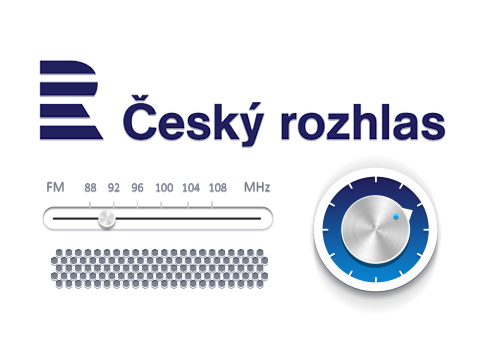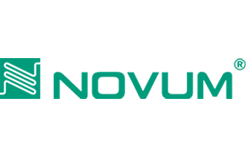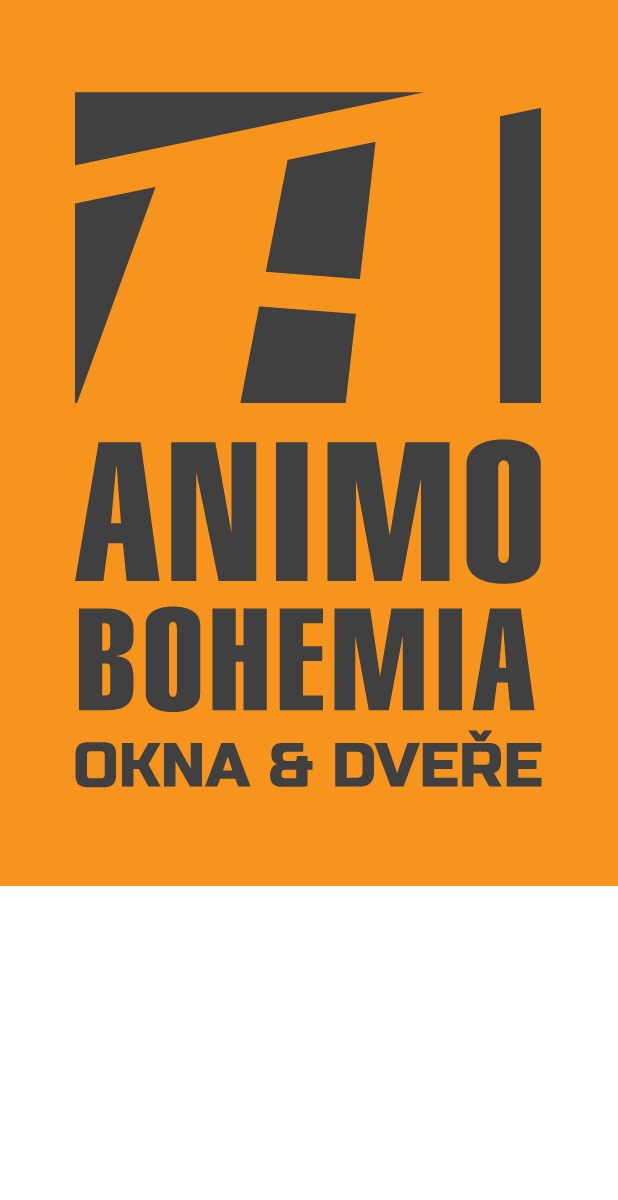There is a constant development in the area of IT, and in the case of the Drupal content management systém, it is no different. That is why Drupal 6 was upgraded to Drupal 7 in 2011.
- History and origin
- The then breakthrough and benefits
- New features compared to the previous version
- Important sites that were on that version
- Interesting facts about Drupal 7
History and origin
Drupal 7 was released in January 2011, after three years of development. Although the previous Drupal 6 allowed for easier installation, maintenance, content translation, and overall administration work, it had some shortcomings: performance and usability itself, insufficient possibilities of working with media and WYSIWYG editor or worse internal and external application programming interface (API).
Drupal 7 has become one of the most preferred web development options due to its efforts to reflect on these aspects. In addition, it included more than 11,000 modules, 600 topics and 200 distributions. Even though it is an older version of this content management system, it still ranks among one of the most popular open-source software platforms.
Users appreciate the fact that Drupal 7 is already tested, adaptable and stable.
The then breakthrough and benefits
One of the main advantages of the new version of Drupal was a major kernel improvement, into which some relevant modules, accessibility and usability were implemented by default.
It also happened that all modules could manipulate all nodes at once, and everything from Drupal 7 is such an independent entity - content type, users, taxonomy, etc.
CSS and JS optimization as well as caching, have been improved, thanks to which Drupal has managed a larger volume of visitors, which was especially appreciated by large media websites. There has also been a reduction in system requirements and an increase in security.
New features compared to the previous version
A significant novelty was the introduction of entities. Users were allowed to create their own entity and arbitrarily decide to use this or that field.
The user interface has been significantly improved. With just 2 clicks you can add an article to the news listing, upload a photo by simply dragging it from a PC, speed up content sharing on social networks. Content can be evaluated and surveys using polls have become commonplace.
Thanks to this, Drupal 7 has become a popular solution for media and news servers. Taxonomy terms have begun to use the Field API, so they can be treated as content.
As of version 7, the SQLite database has also been officially supported. In terms of SEO, an automatic rel = "canonical" link has been added to prevent duplication from indexing web content. Last but not least, the option to log in via OpenID was added, which allowed you to log in via any Google account.
Important sites that were on that version
The total number of sites running on Drupal 7 has exceeded 820,000. In our conditions, it is worth mentioning:
- Czech Radio, which placed great emphasis on streamlining editorial and editorial work processes;
- CT24 news portal with the aim of more convenient publication of news and their fast delivery to web visitors;
- the minisite of the travel agency ESO travel - Amerika.cz, where it was necessary for the content management system to handle a combination of several types of content.
On a global scale, we can mention, for example, Twitter.com, Worldbank.org or Examiner.com.
Interesting facts about Drupal 7
Perhaps the most interesting is the fact that more than 70% of websites running on Drupal use version 7, which has become a flagship of this content management system. More than 1,000 contributors participated in the development of the system, and over 28,000 automated tests were performed, making it the most tested version of Drupal until then.
The popularity of Drupal 7 is also one of the main reasons why Drupal 7 will be officially supported at the same time as version 8 and the soon to be released version 9, although only the last two versions are normally officially supported. Then the long-term support program will start. Drupal 7 is, therefore, still a suitable solution.















